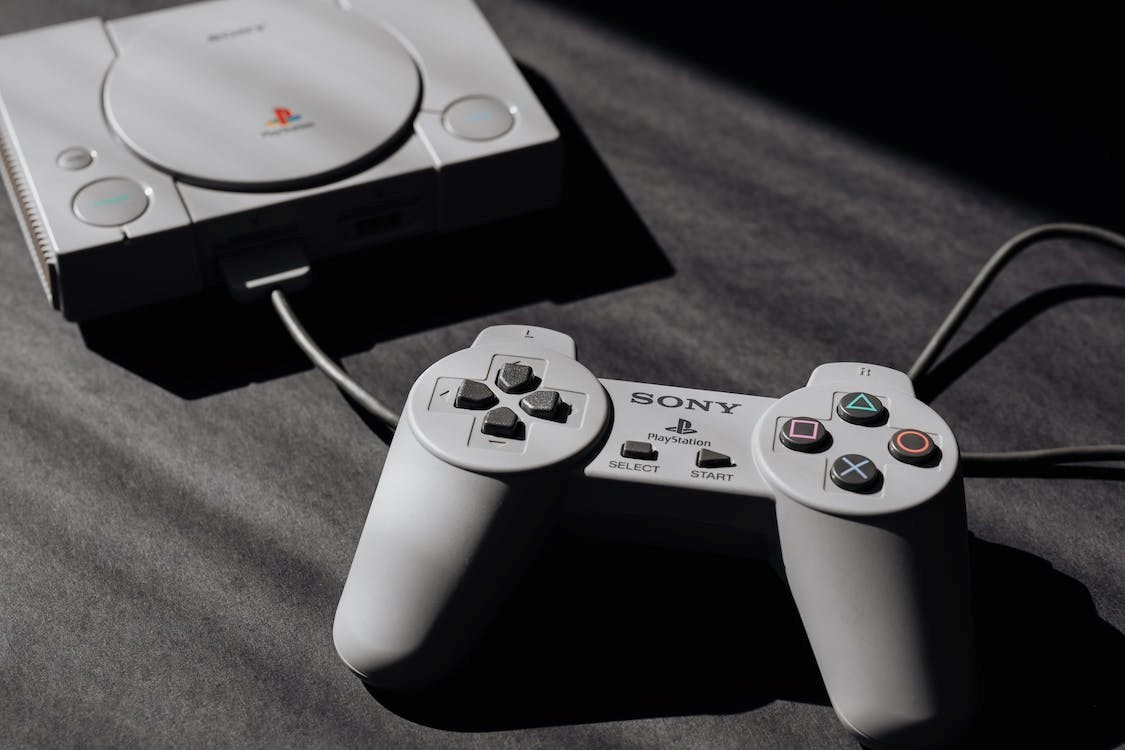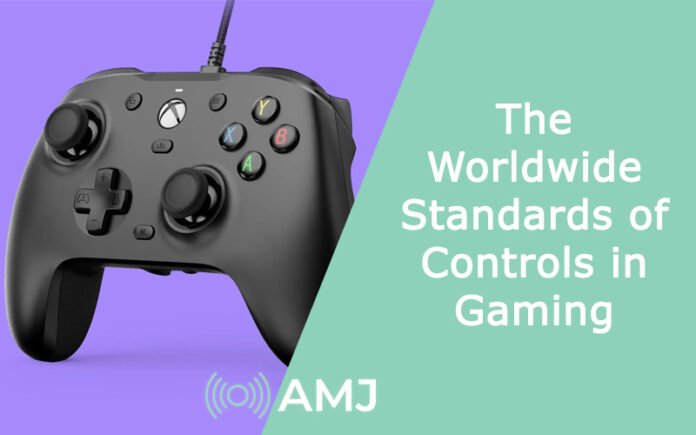Controls and controllers in gaming have long been a source of contention, no matter where in the gaming world you live. From the advertisers boasting the latest and greatest “must have” device to the gamers debating the merits of their chosen console’s gamepad, the arguments over what works and what doesn’t are endless. Even veteran players and eSports players on the international stage can become confused over where the truth lies, and we’re here to help explain the spectrum of where input makes a difference, and where different devices have no impact on outcomes.
The Spectrum of Use
The simplest possible answer to how much controller type matters is that it depends on the game, and how you want to play. Sometimes we can be influenced by the market and culture surrounding certain types of games and places, while other times a more accepted international standard might act as the control status quo.
For an example of the latter, consider the interactive entertainment opportunities provided by the online casino market in titles like Epic Ape and Buffalo Blitz II. In this industry, players tend to be fully aware that controls provide no advantage since the games are based on luck. A player in an online Zambia casino, for example, will rely on touch controls on mobile and any mouse and keyboard on PC. This same idea can apply a world away in online casinos in the US, the UK, Korea, and Australia. Players within Zambia thus perform just as well as anywhere else, provided lady luck smiles upon them.

“Lr43_L1000224” (CC BY-ND 2.0) by TheBetterDay
Input then only starts to matter when games start to include faster-pace and more accurate actions. A multiplayer FPS like Apex Legends, for example, requires precision that a touch-screen can’t offer. For this reason, tactile methods like gamepads and keyboard and mouse setups are necessary to perform well. This is also where local bias and legends can start to kick in, as the results of a player’s early success on a certain device can manifest as an inaccurate understanding of what led to their performance.
Peripherals and Performance
The question then becomes how much will the quality of a peripheral really contribute to success? While there are minimal standards where the cheapest of the cheap can’t compete, most professional gamers don’t rely on the most expensive devices. Mid-range tends to be the sweet spot, and in some cases, even the default offerings from older consoles can be all the best players need.
That’s not to say that modern control options offer no advantages, but in most cases, their development doesn’t illustrate a linear progression of capabilities. The PS5’s new adaptive controller can be great for players with dexterity issues, but it’s not a straight upgrade over the default model. In fact, the PS5 controller’s D-pad is considered inferior by most users to that of the PS4.

Ultimately, controls in video games do matter, but the threshold of where performance hits a limit is a lot lower than we often think. It’s the player that matters most, and the best player using the worst controls will beat the worst player on the most expensive controls every time. Taking a worldwide perspective is more likely to demonstrate what can be trusted and what’s overstated, in a market where rumor and legend so often reigns supreme.












![Index of Money Heist [Season 1, 2, 3 & 4 – All Episodes, Cast and Plot] Index of Money Heist](https://www.asiamediajournal.com/wp-content/uploads/2021/05/Index-of-Money-Heist-3-100x70.jpg)